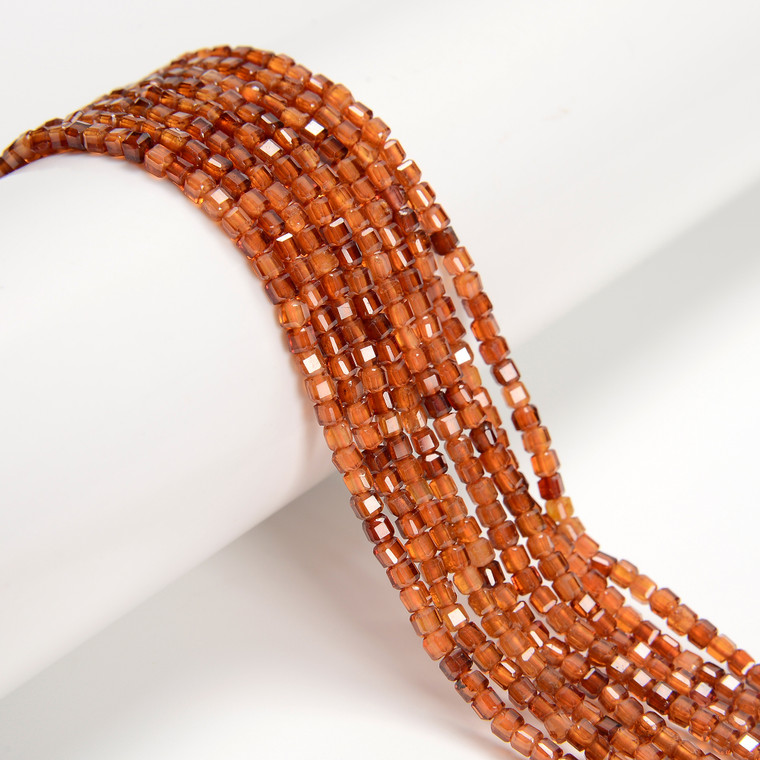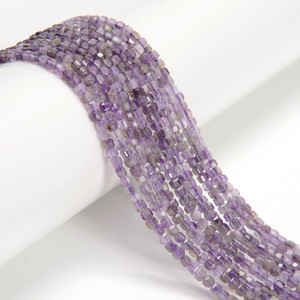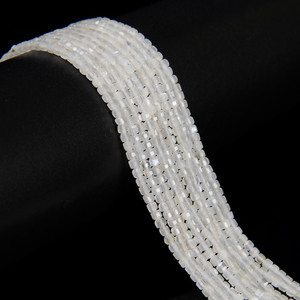
Garnet, Orange, Natural, Faceted Mini Cube, One 2.5mm Strand
Beauty in the BeadGarnet, Orange, Natural, Faceted Mini Cube, One 2.5mm Strand
This price is for one strand 15 to 16 inches long.
2.5mm cube bead strands have about 155 pieces
Garnets are a group of silicate minerals that have been used since the Bronze Age as gemstones and abrasives. All species of garnets possess similar physical properties and crystal forms, but differ in chemical composition and many gem-quality garnets are actually a mixture of two or more species.
The different species are Pyrope, Almandine, Spessartine, Grossular, Hessonite, Tsavorite, Uvarovite and more. Garnet species are found in many colors including red, orange, yellow, green, blue, purple, pink, brown, black, and colorless, with reddish shades being the most common and blue being the rarest.
The word garnet comes from the Latin word "Granatus" meaning 'grain or seed', likely referring to the seeds of a pomegranate. Today, different types of garnet are found across different parts of the globe. Garnet is found in Brazil, India, Sri Lanka and Thailand, India, Madagascar, US, as well as China and Kenya.
Garnet is the state gemstone of New York and the traditional birthstone for January.
Mohs Hardness 6 to 7.5
This is a natural stone that has had no treatment other than cutting, drilling, and polishing in China.








